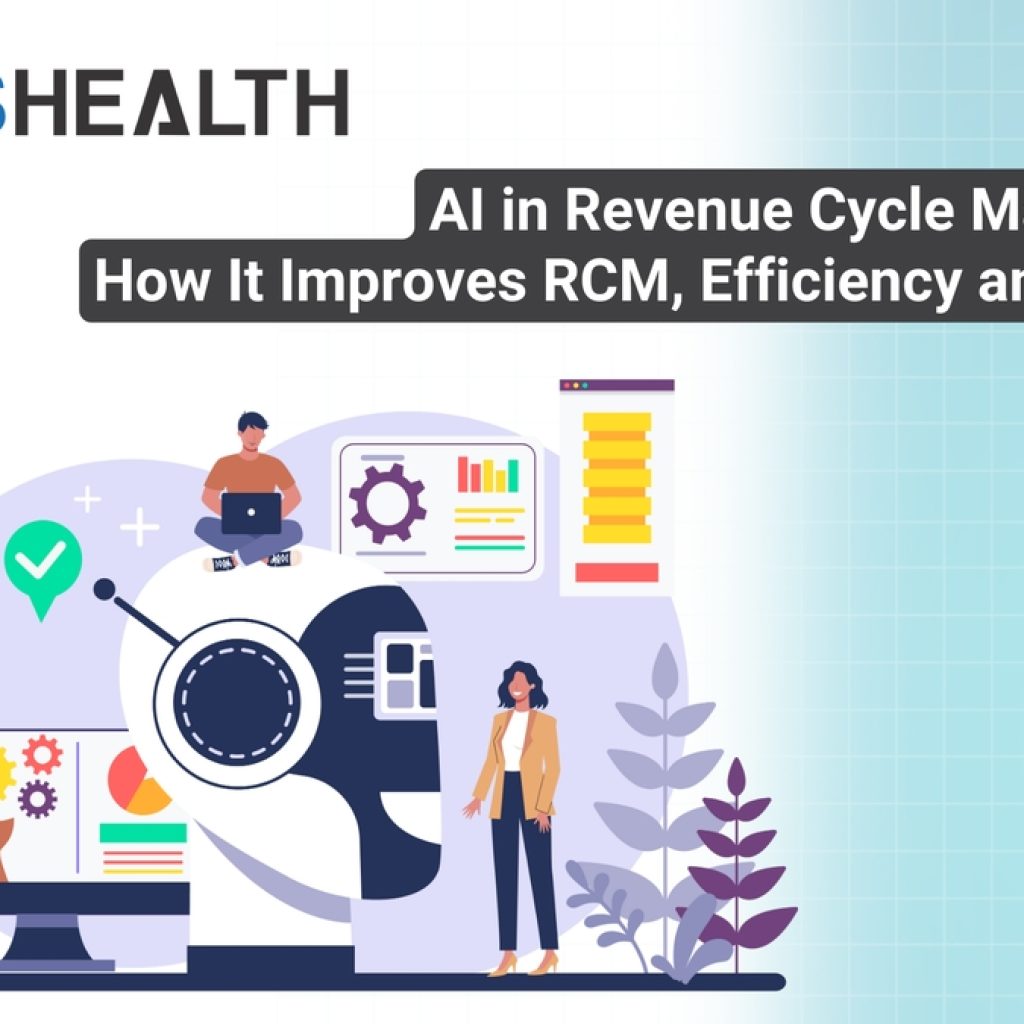Artificial Intelligence (AI) is rapidly reshaping many industries, sparking significant advancements in how businesses operate and enhancing productivity unexpectedly and profoundly. As AI technologies mature, their influence on the workforce becomes increasingly evident, presenting founders and business leaders with remarkable opportunities to harness this transformative potential. This article explores how AI revolutionizes productivity across diverse sectors, including employee well-being, data analysis, chatbots, transcription services, and beyond.
AI’s influence on employee well-being and operational efficiency
One intriguing facet of AI that often goes unnoticed is its capacity to elevate employee well-being and operational efficiency. AI-driven sentiment analysis is emerging as a powerful tool for extracting valuable insights from employee surveys. This technology enables founders to better understand their workforce’s sentiments, engagement levels, and motivational factors. With this knowledge, businesses can cultivate more conducive work environments, ultimately enhancing overall professional achievements.
On the external front, AI-driven sentiment analysis is equally valuable. It extracts subjective information from diverse texts such as tweets, emails, or articles. This functionality is particularly advantageous for product reviews and competitor analysis, significantly streamlining daily operations and bolstering overall efficiency across various industries.
Chatbots revolutionizing communication
Chatbots represent another AI innovation, making waves by streamlining internal and external communications. Companies increasingly leverage AI to create knowledge base assistants, providing swift access to reliable company information. These AI-driven tools serve as a “single source of truth,” particularly beneficial for burgeoning teams seeking rapid and dependable data access.
Furthermore, chatbots, powered by generative AI tools like ChatGPT, have expanded their utility to encompass role-playing in client interactions and proposal testing. This conversational capability introduces a new dimension to their functionality, enabling businesses to refine their communication strategies and enhance client interactions.
Transcription and maximizing AI’s versatility
AI-driven transcription tools automate routine administrative tasks, liberating human resources for more strategic decision-making and creative thinking. For example, Opus utilizes AI to condense and transcribe video clips, offering valuable assistance in marketing endeavors. By coupling transcription with sentiment analysis, businesses can gain deeper insights into critical metrics such as customer satisfaction, team morale, and project enthusiasm.
The “mix and match” approach to AI application underscores the significance of synergizing AI’s capabilities with human ingenuity and problem-solving skills. This harmonious blend results in more informed decision-making and an enhanced understanding of the workforce.
Elevating data quality and efficiency
AI’s role in data analysis and summarization is nothing short of transformative. It can efficiently tag customer support tickets, filter items for troubleshooting, and employ anomaly detection to label high-priority documents. This streamlines operations and ensures optimal resource allocation.
E-commerce entities, for instance, employ AI to detect disparities in delivery charges, safeguard sensitive data, and enhance overall cost management. Additionally, AI tools integrated into spreadsheets expedite data summarization, facilitating quicker decision-making for senior executives.
In an interconnected global landscape, AI-driven translation is pivotal for businesses aiming to expand their international footprint. Multilingual support is not only crucial for retaining existing customers but also for tapping into new markets. AI-powered translation boosts customer satisfaction and promotes inclusivity in recruitment by enabling professionals with diverse language skills to access global job opportunities.
AI as a productivity catalyst
AI’s potential for businesses is immense, but realizing its full scope demands strategic foresight. Rather than deploying AI arbitrarily, founders should prioritize understanding where it can be harnessed most effectively.
AI’s potential for enhancing productivity is boundless. By treating AI as a catalyst for productivity and approaching its diverse use cases with inquisitiveness and an open mind, business leaders can seize opportunities to capitalize on AI’s transformative capabilities.
AI is not a panacea but rather a potent tool that, when wielded judiciously, can revolutionize productivity and drive innovation across industries. As AI advances, businesses that embrace its capabilities will position themselves for success in the ever-evolving landscape of the modern workforce.





